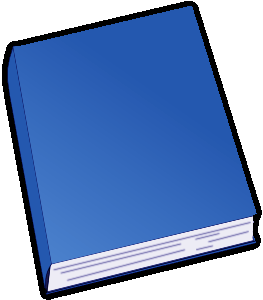The Mirror of Literature, Amusement, and Instruction Volume 17, No. 484, April 9, 1831 By: Various |
|---|

In this volume, readers are treated to a diverse collection of works that provide a blend of literature, amusement, and instruction. From captivating stories and thought-provoking essays to informative articles and intriguing tidbits, there is something for everyone within these pages. The writing is engaging and well-crafted, drawing readers in with its vivid descriptions and compelling narratives. Each piece offers a unique perspective or insight, challenging readers to think critically and consider new ideas. Whether it's a lighthearted tale meant to entertain or a more serious exploration of a complex issue, the varied content ensures that there is never a dull moment. Overall, this volume is a delightful read that showcases the talent and creativity of the various authors involved. It is sure to entertain, educate, and inspire readers of all ages. First Page:THE MIRROR OF LITERATURE, AMUSEMENT, AND INSTRUCTION.VOL. 17, No. 484.] SATURDAY, APRIL 9, 1831. [PRICE 2d.
[Illustration: CORFE CASTLE.] CORFE CASTLE. The annexed Engravings are an interesting page in the early history of our country, and deserve all the space we have appropriated to them. Their political notoriety, of much less interesting character, we leave to be set down, said, sung, or set aside, elsewhere. Corfe Castle nearly adjoins a town of the same name: both are situate in the Isle of Purbeck; and their histories are so incorporated, that we shall not attempt their separation. The town, according to the Beauties of England and Wales , vol. iv. p. 386, is nearly in the centre of the Isle, at the foot of a range of hills, on a rising ground, declining to the east. Its origin must undoubtedly be attributed to the Castle, which existed previous to the year 980; though the town itself does not appear to have attained any importance till after the Conquest, as it was wholly unnoticed in the Domesday Book. The Manor and Castle seem always to have descended together, and were often granted to princes of the blood, and the favourites of our kings, yet as often reverted to the Crown by attainder or forfeiture. In the reign of Richard the Second, they were held by Thomas Holland, Earl of Kent, jointly with Alicia, his wife... Continue reading book >> |
| Book sections | ||
|---|---|---|
| Genres for this book |
|---|
| Essay/Short nonfiction |
| Non-fiction |
| eBook links |
|---|
| Wikipedia – The Mirror of Literature, Amusement, and Instruction Volume 17, No. 484, April 9, 1831 |
| eBook Downloads | |
|---|---|
|
ePUB eBook • iBooks for iPhone and iPad • Nook • Sony Reader |
Kindle eBook • Mobi file format for Kindle |
|
Read eBook • Load eBook in browser |
Text File eBook • Computers • Windows • Mac |
| Review this book |
|---|